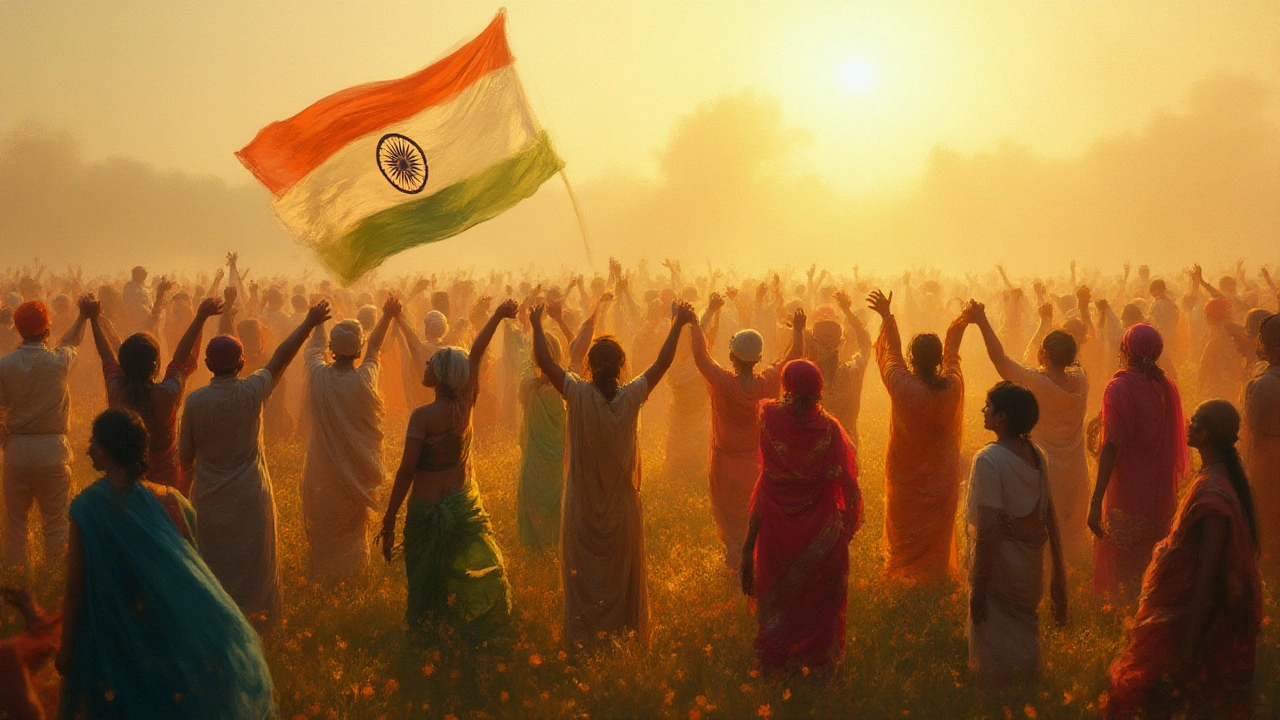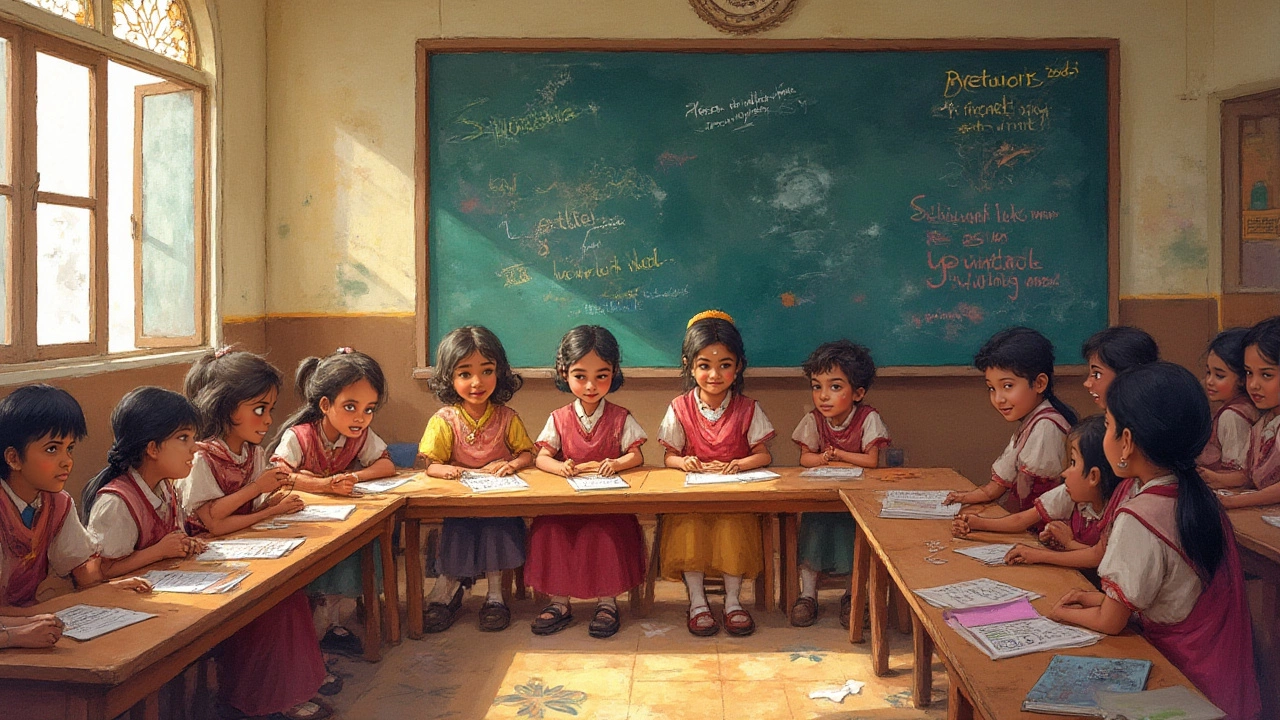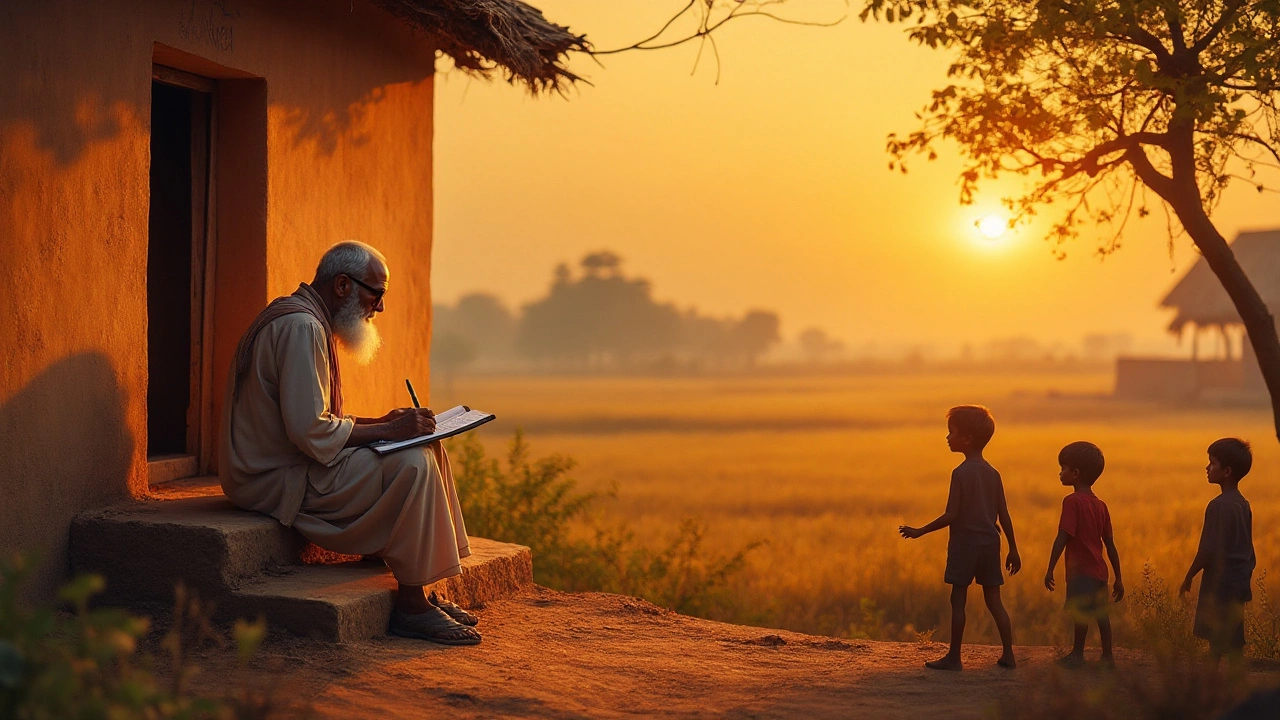Indian Literature – Stories, Poems & Culture
If you’ve ever wondered why a song, a verse, or a short poem can make you feel the pulse of a whole nation, you’re in the right spot. Indian literature isn’t just old books in a museum; it’s living, breathing words that shape how people think, feel, and act today. This page pulls together three big topics that show the range of Indian writing – from the national anthem‑like power of Vande Mataram, to the rhythm of everyday Hindi poetry, and the bold voice of attitude poems.
Why Vande Mataram Still Matters
First up, Vande Mataram isn’t just a song. Written by Bankim Chandra Chattopadhyay in the late 1800s, it became a rallying cry for freedom fighters. The line “I bow to thee, Mother” captures a deep love for the land, and that feeling still shows up in festivals, school assemblies, and even movie soundtracks. Knowing the story behind it helps you see why many Indians feel a surge of pride when they hear it. It also explains how a piece of literature can turn into a national symbol, influencing everything from politics to pop culture.
When you read about the song’s origin, you’ll notice how the poem mixes Sanskrit‑like dignity with simple Hindi words. That blend made it easy for people from different backgrounds to connect with it, which is a key lesson for anyone trying to write something that resonates across a culture.
Getting Started with Hindi & Attitude Poetry
Next, let’s talk Hindi poetry, or “Kavita.” It’s more than just rhymed lines – it’s a way to capture daily life, love, sorrow, and even humor. Traditional forms like ‘Doha’ and ‘Chaupai’ give a structure, but modern poets mix in free verse and rap‑style beats. The result is a vibrant mix that shows how India’s languages evolve while keeping a link to the past.
If you want to dip your toes in, start by reading short poems on topics you care about. Notice how the writer uses simple words to paint big emotions. That’s the secret: clarity beats complexity every time.
Now, attitude poems – they’re the rebels of Indian literature. Think of them as the teenage‑spirit verses that challenge norms, question authority, or just shout confidence. The article “Understanding Attitude Poems” breaks down what makes these pieces tick: a clear voice, punchy lines, and a purpose. Want to write one? Begin with a feeling you can’t shake, then build a few lines that say it straight, no fluff.
Here’s a quick tip: use a line‑by‑line map. Write the main idea, add a striking image, then end with a punch. Read it aloud – if it sounds natural, you’re on the right track.
All three topics—Vande Mataram, Hindi poetry, attitude poems—share a common thread: they’re tools for expressing identity. By exploring them you’ll get a feel for how literature shapes Indian society and how you can use words to make an impact, whether you’re writing a school essay or a social‑media post.
Ready to dive deeper? Check out the full articles linked on this page. Each one gives more history, examples, and step‑by‑step advice. By the end, you’ll not only appreciate Indian literature better but also have a few tricks to try in your own writing. Happy reading!


